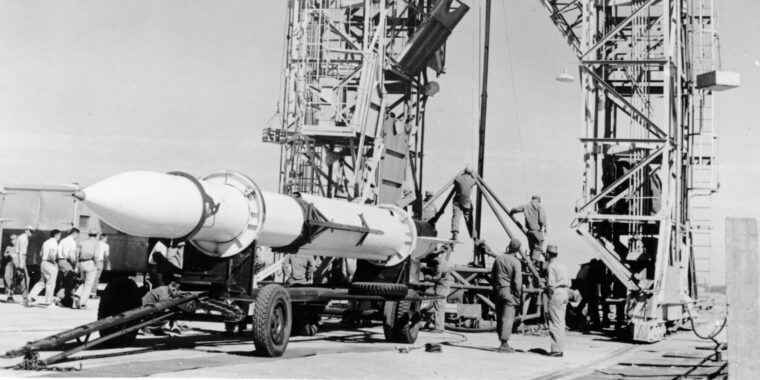
D-Day
The Corporal M2 Missile
By Peter A. GoetzSix days after the Allies’ D-Day landings on the coast of Normandy in June 1944, Germany retaliated by launching its first Vergeltungswaffe, or Vengeance Weapon, at the city of London. Read more
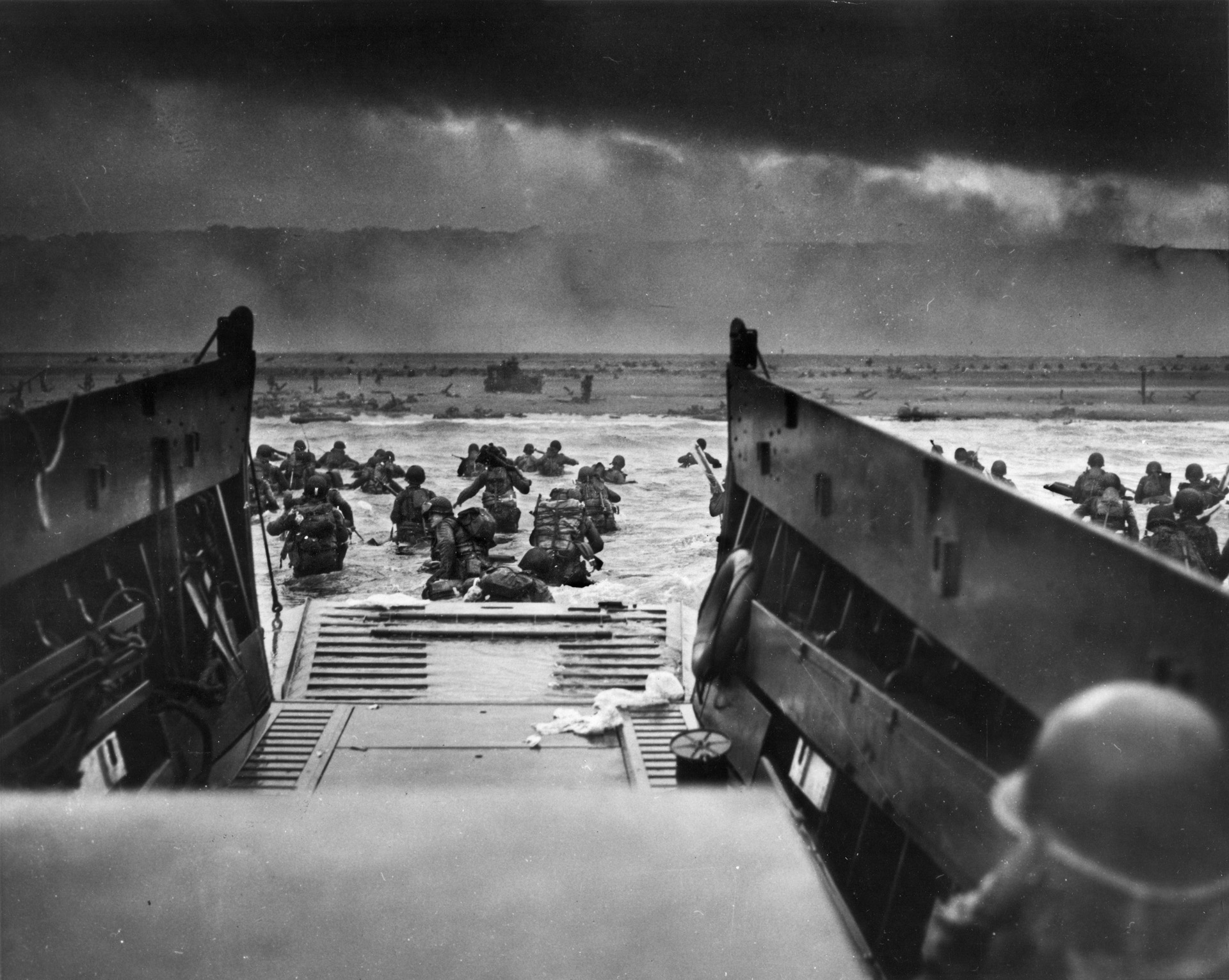
Code named Operation Overlord, the D-Day Invasion occurred on June 6, 1944, as elements of five Allied infantry and three Allied airborne divisions assaulted the Normandy coast of Nazi-occupied France during World War II. Under the overall command of General Dwight D. Eisenhower, the landings on Gold, Juno, Sword, Utah, and Omaha beaches succeeded in establishing a foothold on the continent. Following an arduous campaign in Normandy and savage fighting across the German frontier, troops of the Western Allies met the Soviet Red Army, advancing from the East, and Nazi Germany surrendered on May 7, 1945.

D-Day
Six days after the Allies’ D-Day landings on the coast of Normandy in June 1944, Germany retaliated by launching its first Vergeltungswaffe, or Vengeance Weapon, at the city of London. Read more
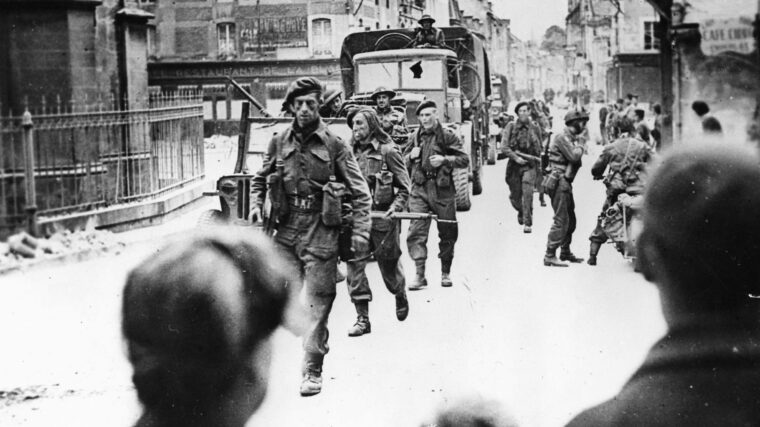
D-Day
Some accounts of Ian Fleming’s life make it seem that only at the age of 44, as an antidote to the shock of finally agreeing to get married, did he suddenly commit himself to the unplanned task of creating his James Bond novels. Read more
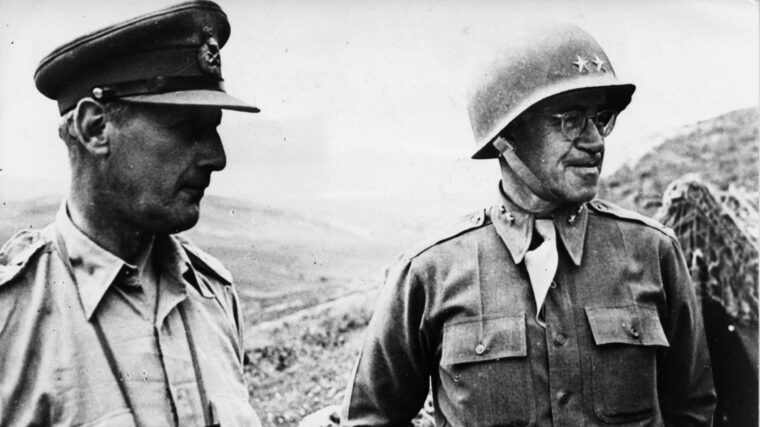
D-Day
Great commanders need great subordinates. In the campaigns in the Mediterranean and European Theaters of World War II, General Dwight D. Read more
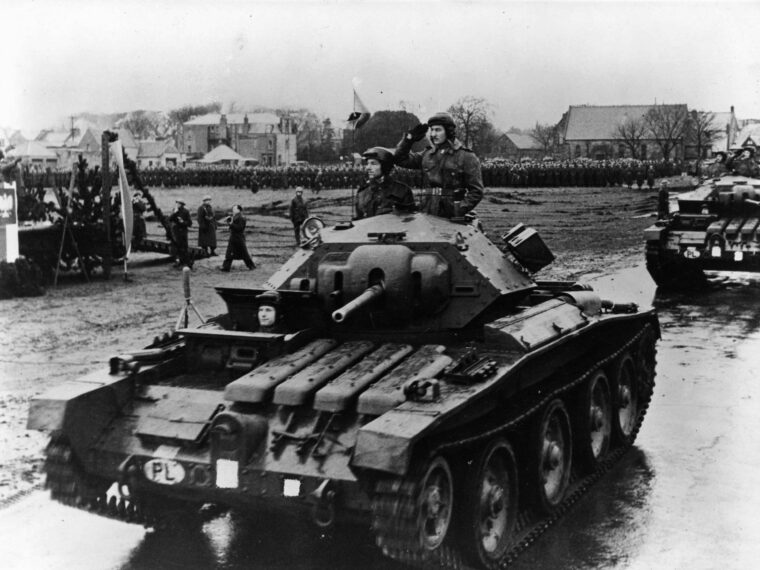
D-Day
The dismemberment of Poland by the German and Soviet armies in September and early October 1939 saw the temporary destruction of the Polish armed forces. Read more
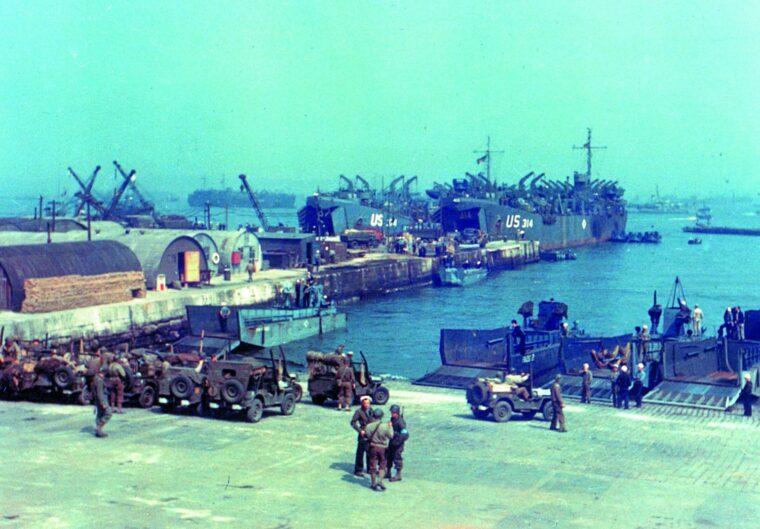
D-Day
Soon after the tattered British Expeditionary Force was miraculously rescued from Dunkirk in June 1940, planners at the War Office in London began dreaming of returning to the German-occupied European continent. Read more
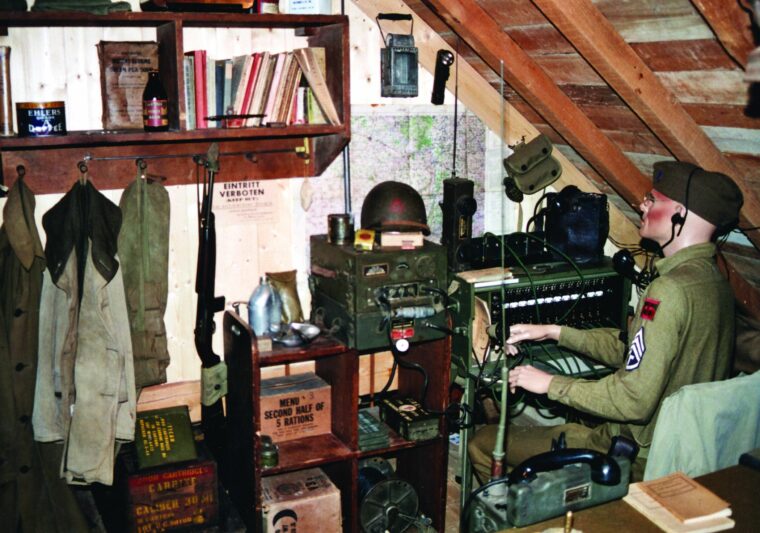
D-Day
You won’t find the familiar little triangular signs, “Warnung Minen!” hanging on barbed wire today in Western Europe, with one exception. Read more
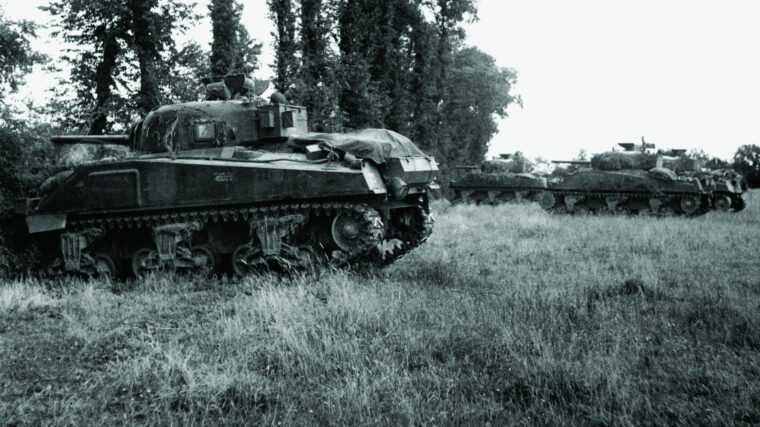
D-Day
The Allied landings in Normandy on June 6, 1944, produced a bitter struggle for control of the invasion beachhead. Read more
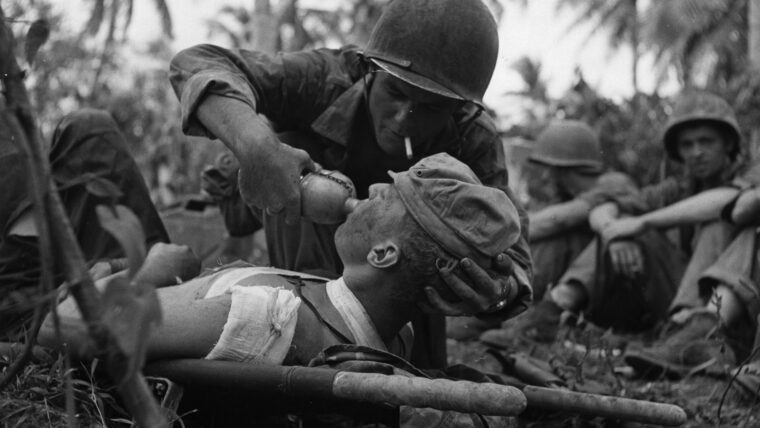
D-Day
For centuries wounded soldiers of every nation were responsible for much of their own care. Medical attention was primitive and often not a high priority for military planners beyond the officer corps. Read more
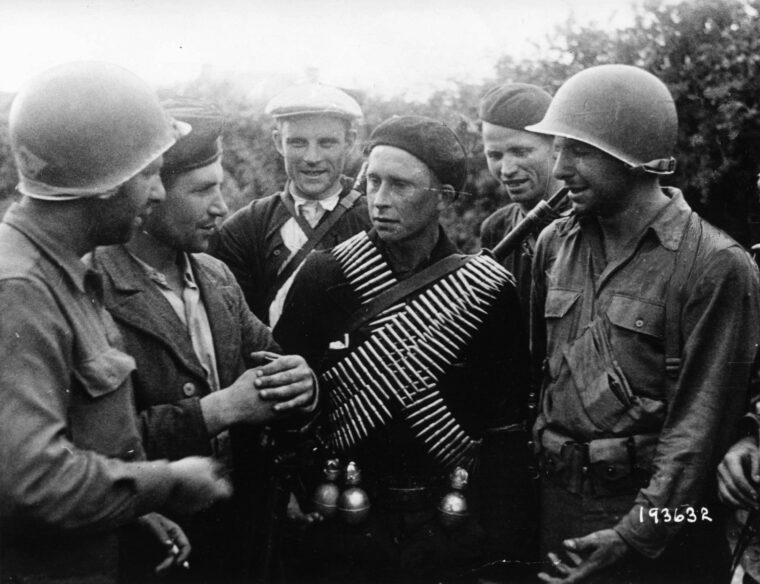
D-Day
Major General John K. Singlaub was a young airborne lieutenant when he took up an offer from the Office of Strategic Services (OSS) to become engaged in “hazardous duty behind enemy lines.” Read more
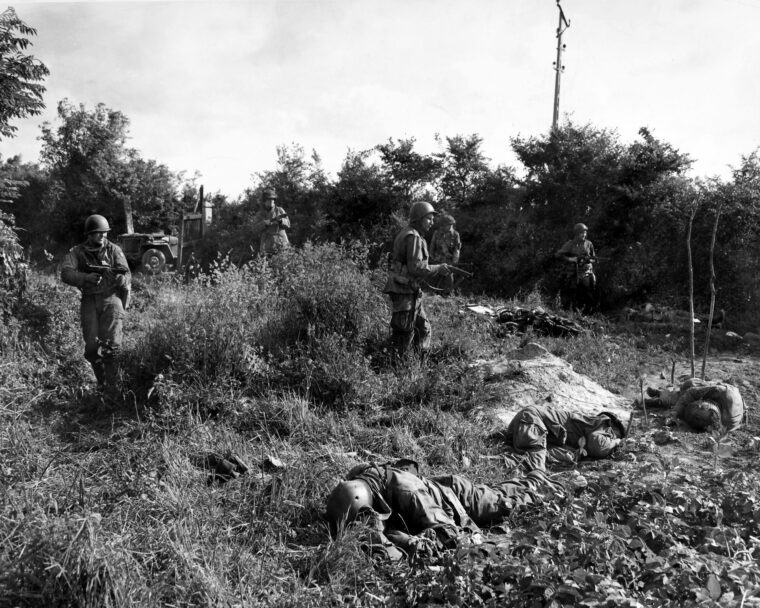
D-Day
On Tuesday, June 6, 1944, at nearly three in the morning, Chicago-native Lieutenant John E. Peters safely landed Snooty, his Douglas C-47 Skytrain, on the massive 5,800-foot runway at Greenham Common airfield in southern England. Read more
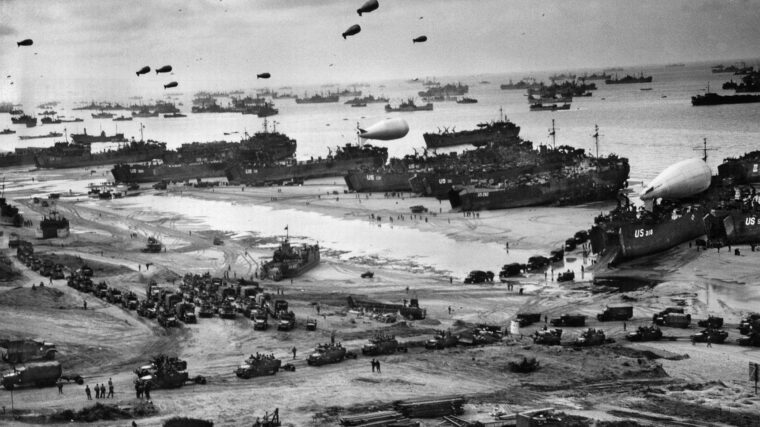
D-Day
In the predawn hours of June 6, 1944, the largest armada ever sent into war assaulted the coast of France at Normandy. Read more
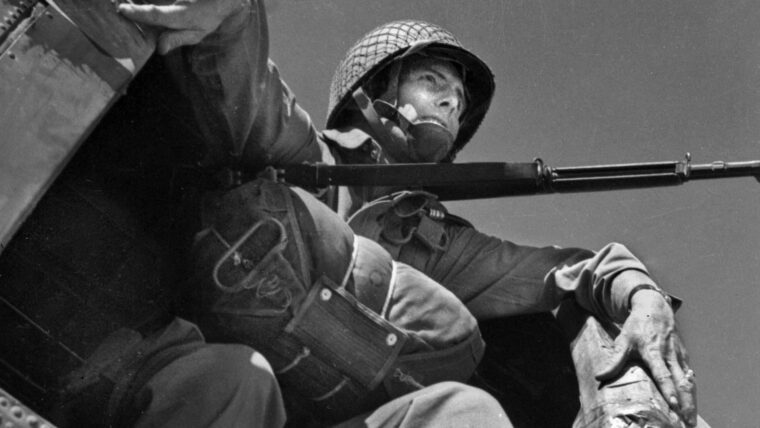
D-Day
Colonel Ed Raff kept glancing at his wristwatch while trying to control the growing sense of dread inside him. Read more
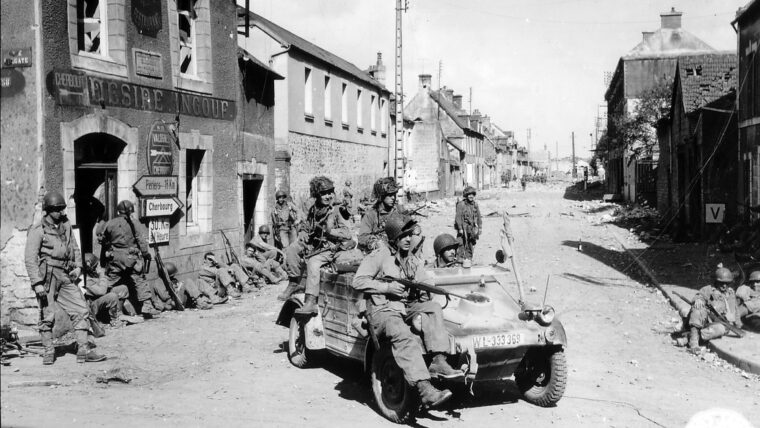
D-Day
Donald Malarkey’s comrades thought highly of him as a warrior and as a man. Staff Sergeant William “Wild Bill” Guarnere considered him his hero. Read more
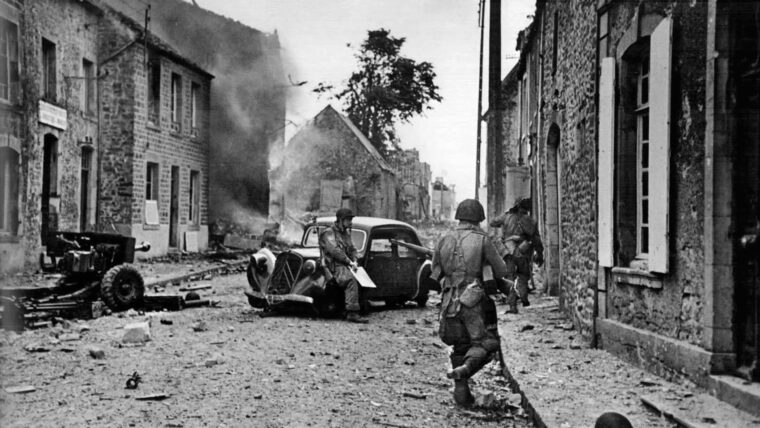
D-Day

D-Day
One of the major aims of the great Allied invasion of German-Occupied France on D-Day, June 6, 1944, was the securing of the port of Cherbourg on the Cotentin Peninsula in Normandy. Read more
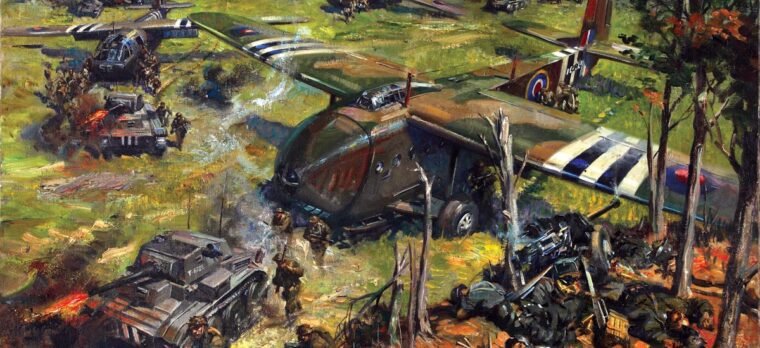
D-Day
Late on the night of June 5, 1944, while American paratroopers were on their way to drop behind Utah Beach, another, smaller air armada carrying 170 British airborne troops was also dashing headlong into battle like an aerial cavalry charge towards the far eastern flank of the Normandy invasion site. Read more
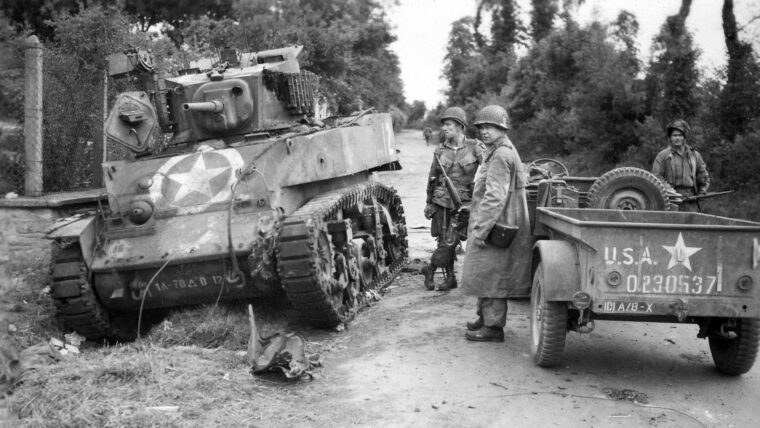
D-Day
“Dead Man’s Corner,”at a road junction south of Saint-Côme-du-Mont, has become one of Normandy’s most famous landmarks. Read more
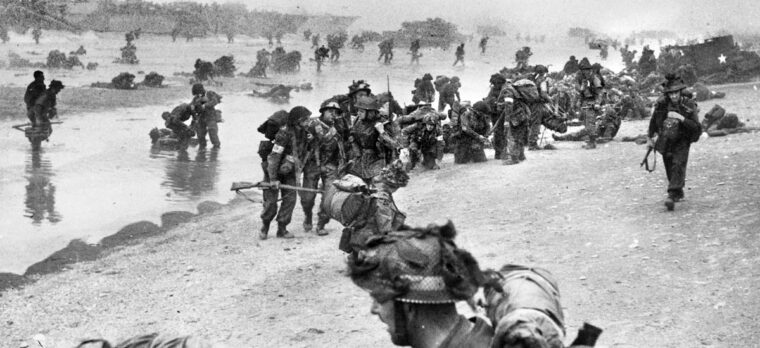
D-Day
The easternmost Allied landing beach of the Normandy invasion of June 6, 1944, was code-named Sword. It was the responsibility of British Maj. Read more
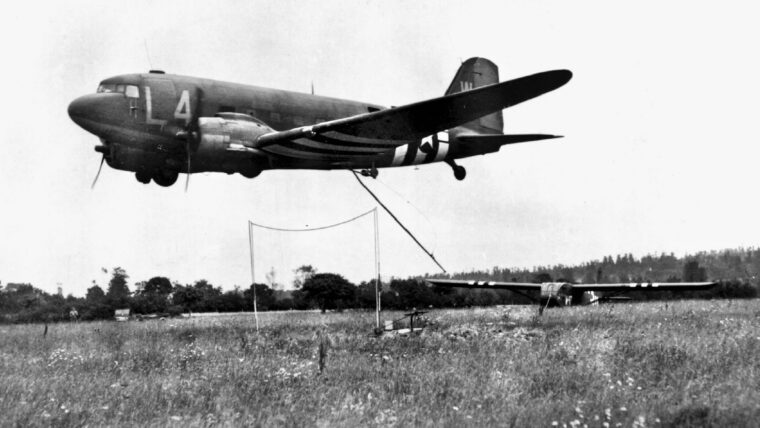
D-Day
High over Normandy, France, eight paratroopers of the 82nd Airborne Division charged out the rear door of their C-47 Skytrain aircraft. Read more
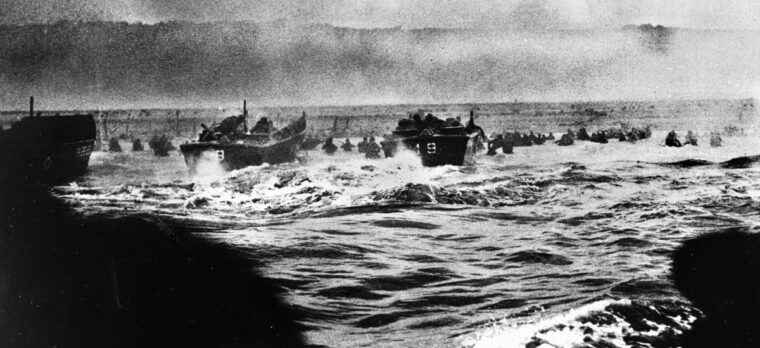
D-Day
By Alan Davidge
In the early hours of June 6, 1944, a 20-year-old German soldier hurried to his post at Wiederstandsnest 62 (WN62) overlooking Omaha Beach to man his MG 42 machine gun. Read more